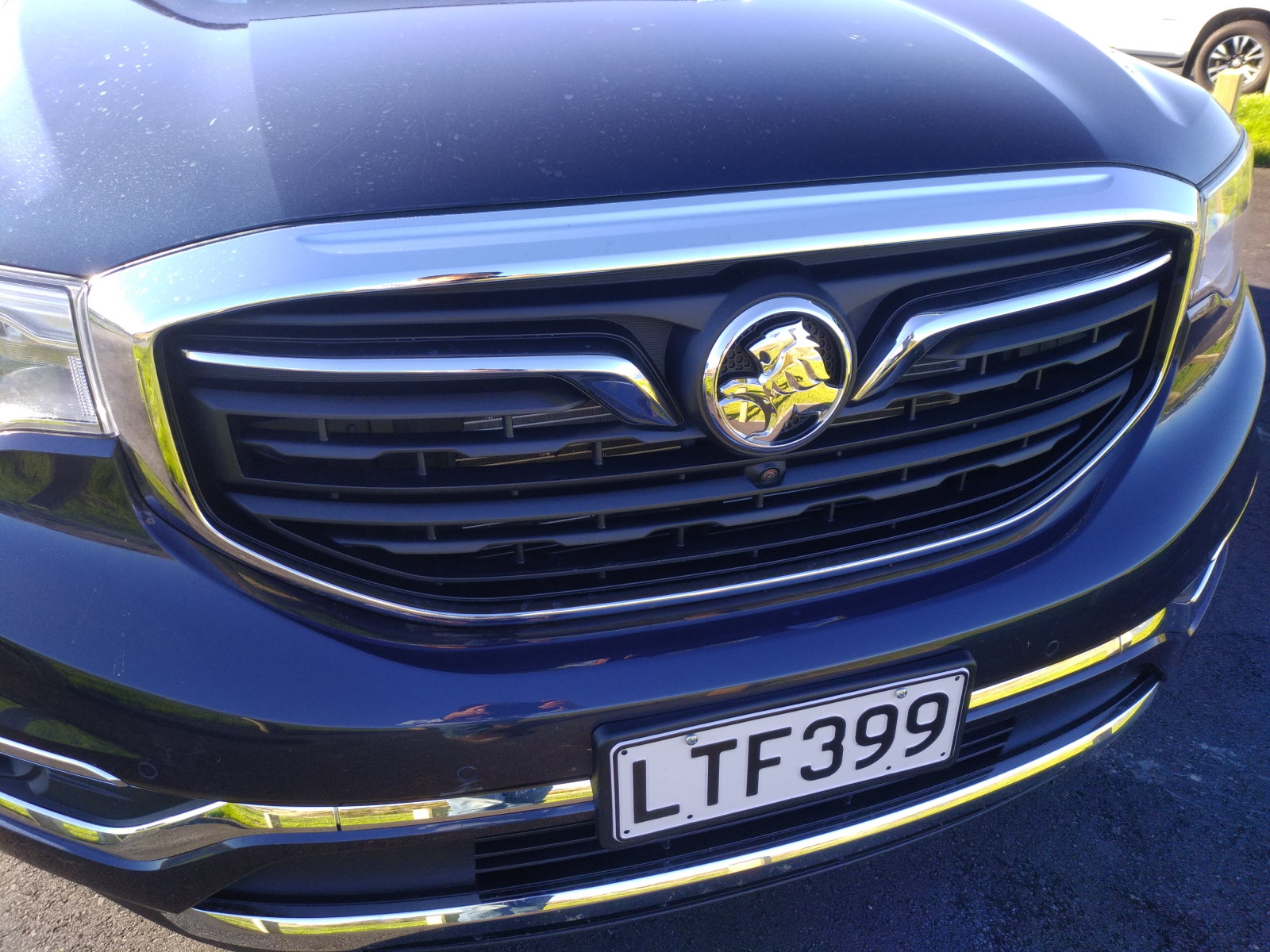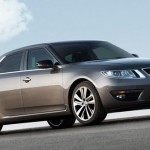Consolidation of markets? Nope, the demise of Holden was decided high up in boardrooms in Michigan and Shanghai, writes Jack Yan
GM pulled out of Russia and India, so with hindsight, those of us Down Under, with a far smaller total population, shouldn’t have thought we were particularly special.
Even where GM remains, such as South Korea, there’s a broken model range, with a big gap where the Cruze used to be.
It’s becoming apparent that GM, with no more right-hand-drive markets to cater for, will be a company that only offers full lines in China and the Americas.
Some GM-watchers have been calling for the demise of Holden for years, just as they had called for the deaths of Oldsmobile and Pontiac years before. But as I argued in a letter published in the (also-defunct) Condé Nast Portfolio, each brand occupies unique territory, and, had they not been diluted, could still appeal to certain buyers that more mainstream ones, e.g. Chevrolet, cannot reach.
Holden was always a tough case in Australia, where we noted it was very tied to nationalism. Once local manufacture finished, its sales plummeted.
It wasn’t the case in New Zealand, where all cars had been imported for decades and we never had the sense that Holden was our ‘own car’. However, GM New Zealand (as it then was) had created a handful of Holdens unique to this market that the Australians never saw. Once upon a time, it was a more independent beast.
When Holden ceased Australian manufacture, sales didn’t drop the same way in this country. With Kiwis loving entries in the CD market, the Commodore isn’t an uncommon sight, and remains the choice of the police.
But the same argument of economies of scale applies to New Zealand, a country with a population of five million: GM had no desire to allow this country much wiggle room compared with Australia. Whatever happened there would necessarily happen here.
Those 600 jobs that are going include redundancies in New Zealand.
Over the years it had seemed Holden was on life support. There was a golden age where the HQ series and its derivatives flew the Holden flag high, but after the oil crises, there was a real possibility the company could have bit the dust in the mid-1980s, becoming an import-only operation.
A plan circulated within GM to replace the top Holdens with Cadillacs, while the rest of the range would be made up of cars from around the GM empire—which, in those days, included Opel and Isuzu.
But the Australians won the day and the VN Commodore got the green light. By the end of the 1990s, Holden was in great shape, including an export programme for cars based off the VT Commodore.
You could say history repeated itself with the global financial crisis in the late 2000s—where GM, keen to continue, asked for US$50,000 million from the US taxpayer. But perhaps more importantly, it sold the controlling stake in its venture with SAIC of China to its Chinese partner for a mere US$85 million. That was one deal that allowed GM to raise funds elsewhere, but it also saw the beginning of a technological transfer to China. Even after GM bought back the share, SAIC would get control of the JV’s sales’ company.
Numerous SAIC cars were built on GM platforms—the Roewe 950, for example. Cars made by GM ventures began appearing with SAIC-owned brands—the MG Hector in India, a rebadged Baojun 530, for one; it also appears as the second-generation Chevrolet Captiva in some other markets. Once upon a time GM might have earned a royalty for any car built on its tech, but it’s unlikely here as the two companies share in the profits.
While SAIC hasn’t succeeded with MG Down Under, you notice more of a push these days, and it has already made an impact in New Zealand with the Maxus commercial line-up, rebadged LDV. Export sales aren’t a big deal for the Chinese giant, but with the Chinese economy slowing, they could be eyeing up more international markets.
With SAIC keen to get more of the action for themselves, GM’s operations in many of its outposts became irrelevant.
Holden held on for dear life and arguably had one of its more competitive ranges for years—but in this context, GM might not have had much choice.
It has little to do with the consolidation of markets and all to do with much higher-level strategic decisions. After all, hardly anyone in China will have grown up with idea of Holden being Australia’s own car.










A few interesting points there, that I wasn’t aware of with SAIC. You did miss pointing out that Holden took 44% share in GM Daewoo and were going to take the reins for the next gen Captiva /Cruze under GM IO. It now makes sense to me where that controlling interest an IP went. I’ve got a few more points. You can read them on Instagram if interested. Just check out the #commodautopsy tag.
Thank you, Loflyt, we’ll check it out on your Instagram!